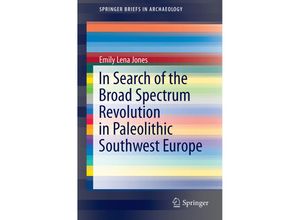The people who inhabited Southwest Europe from 30 000 to 13 000 years ago are often portrayed
as big game hunters - and indeed in some locations (Cantabrian Spain the Pyrenees the
Dordogne) the archaeological record supports this interpretation. But in other places notably
Mediterranean Iberia the inhabitants focused their hunting efforts on smaller game such as
rabbits fish and birds. Were they less effective hunters? Were these environments depleted of
red deer and other large game? Or is this evidence of Paleolithic people's adaptability? This
volume explores these questions along the way delving into the history of the bigger equals
better assumption optimal foraging theory and niche construction theory and patterns of
environmental and subsistence change across the Pleistocene-Holocene transition.



